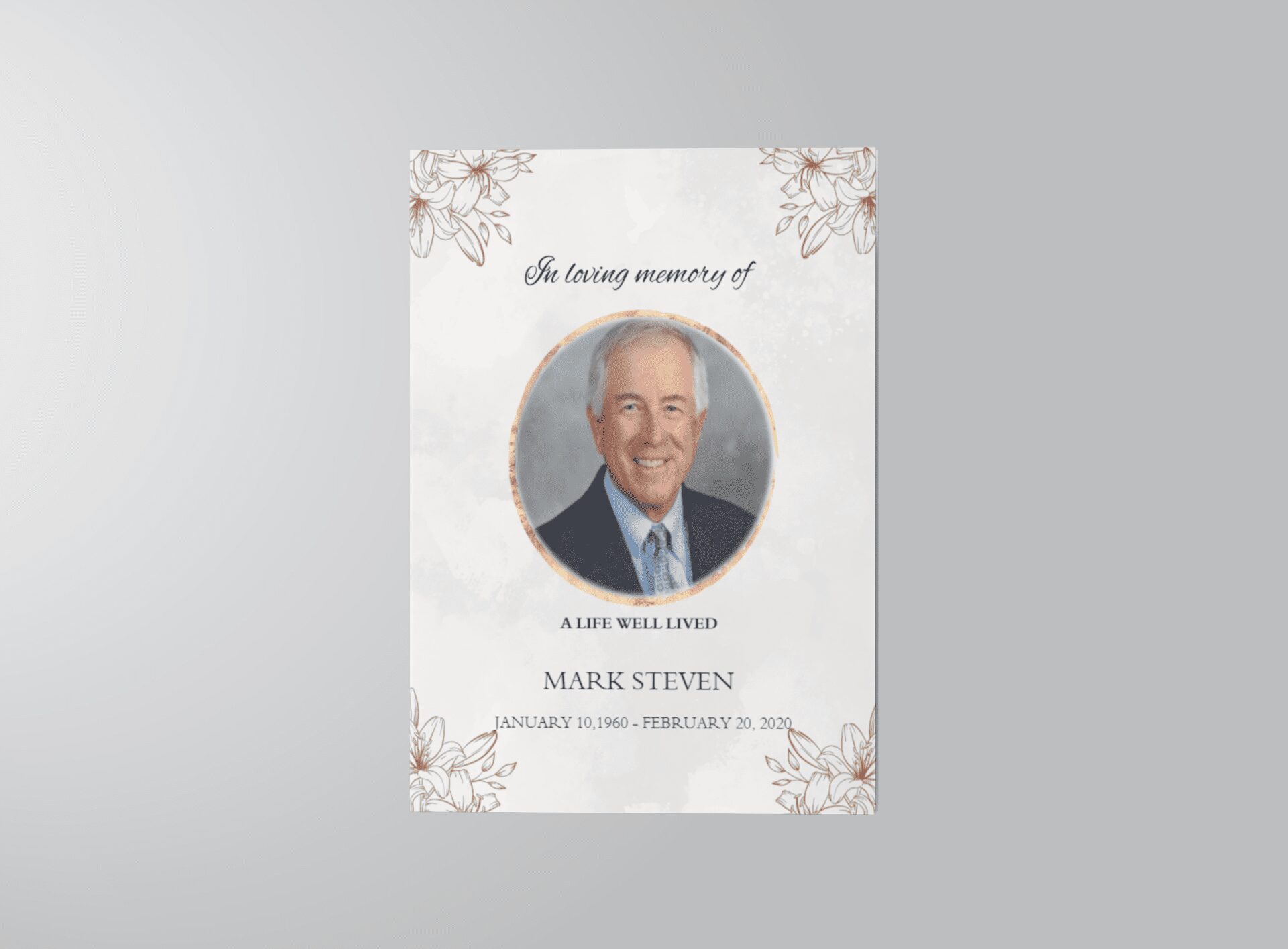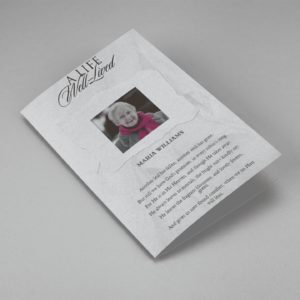How to Write a Heartfelt Obituary: Step-by-Step Guide
Introduction: Losing a loved one is one of the hardest experiences we can face in life. In the midst of grief, one of the most important tasks that families must confront is writing an obituary. An obituary not only announces the death of the person but also serves as a final tribute that encapsulates their life, accomplishments, and legacy. While the process may feel overwhelming, crafting a heartfelt obituary is an opportunity to celebrate the life of your loved one and share their story with the community.
In this comprehensive guide, we will walk you through the process of writing a meaningful obituary. From the essential details to the personal touches that make an obituary truly memorable, you’ll find all the steps, tips, and examples you need to honor your loved one in a way that reflects their personality and the impact they had on the world.
Why Write an Obituary? An obituary serves several key purposes. It provides the community with the announcement of a person’s passing and gives family and friends the details they need to attend memorial services. However, it also serves as a lasting tribute. It’s a chance to highlight a person’s life story, celebrate their achievements, and express the love and admiration that others feel for them.
Writing an obituary is also a way to find closure. By reflecting on the life of your loved one, sharing their story, and acknowledging their impact, the process can provide a sense of peace during a difficult time.
Step-by-Step Guide to Writing an Obituary Let’s dive into the steps you need to take to craft a respectful and meaningful obituary.
1. Start with Basic Information
The first section of the obituary should provide the basic facts about the deceased. These details are necessary for the community and for those reading the obituary to have a clear understanding of who has passed.
- Full Name: Include the deceased’s full name, as well as any commonly used nicknames. If the person was known by a particular name or title, be sure to include that to make it personal.
- Age at the Time of Passing: Mention the age of the deceased. This helps readers put the obituary into context.
- Date of Birth and Death: Provide the dates of birth and death to establish the timeline of their life.
- Place of Residence: Include where the deceased lived at the time of their passing. This could also include the city and state, which is especially useful for those who may not be familiar with the area.
Example: “It is with great sadness that we announce the passing of Jane Smith, 82, of Springfield, on March 15, 2025.”
2. Announce the Passing
The next step is to announce the death, which is traditionally done in a respectful and simple way. It’s important to acknowledge the loss in a manner that is gentle, yet clear.
You can use the traditional phrasing:
“It is with deep sorrow that we announce the passing of [Name] on [Date] at the age of [Age].”
For example:
“It is with deep sorrow that we announce the passing of John Doe, 75, on February 15, 2025. John passed peacefully surrounded by family after a brief illness.”
3. Provide a Short Biography
In this section, you can share key details of the person’s life. This is where you’ll capture their achievements, values, and personal story. Make this section as personal and reflective of their personality as possible. You may include the following:
- Education and Career: Mention schools attended, degrees earned, and the person’s career or professional life. This is a great opportunity to highlight any professional achievements or milestones.
- Family and Relationships: Talk about the deceased’s role in the family and how they cherished relationships. Mention their spouse, children, grandchildren, or other significant family members.
- Hobbies and Interests: Share the hobbies, interests, and passions that made the deceased unique. Whether they loved gardening, playing music, or helping others, this can paint a vivid picture of their personality.
Example: “John was a devoted husband to Mary and loving father to their three children, Sarah, Michael, and David. He graduated from Springfield University in 1973 and worked as a lawyer for over 40 years, helping countless individuals navigate legal challenges with dedication and compassion. Outside of work, John was an avid fisherman, a passionate gardener, and a volunteer at his local food bank.”
4. Mention Surviving Family Members
Now is the time to list the surviving family members. This is often a difficult section to write but is important for those reading the obituary to understand who will carry on the deceased’s legacy.
Be sure to mention:
- Spouse/Partner: If the deceased was married, this is typically the first mention.
- Children and Grandchildren: Include names and relationships.
- Siblings: If relevant, list siblings and other close relatives.
Example: “John is survived by his loving wife, Mary, and their children: Sarah (Alex), Michael (Emma), and David. He was also a proud grandfather to Olivia and Ethan.”
This section provides the logistical details about the funeral or memorial service. It ensures that family and friends can gather to celebrate the person’s life. Include:
- Date, time, and location of the service: Be specific and clear so those wishing to attend can make arrangements.
- Special Requests: If there are any special requests, such as donations to a favorite charity instead of flowers, include them here.
Example: “A celebration of John’s life will be held on March 20, 2025, at 2 PM at the Springfield Memorial Chapel. In lieu of flowers, the family requests that donations be made to the Springfield Animal Shelter.”
6. Add a Personal Touch
The final section of the obituary can include a personal message or meaningful quote. This is your opportunity to honor the deceased’s memory in a way that feels authentic to their life.
- Personal Quotes: If the person had a favorite saying, include it here.
- Meaningful Sentiment: A final message expressing gratitude, love, and remembrance.
Example: “John’s kindness, generosity, and unwavering love for his family will always be remembered. He will be deeply missed by all who knew him.”
Writing an Obituary Writing an obituary is an emotional but important task. It’s an opportunity to honor your loved one’s life and share their story with others. Whether you keep it simple or go into greater detail, your goal is to create a tribute that accurately reflects who they were and the love they shared with those around them.













